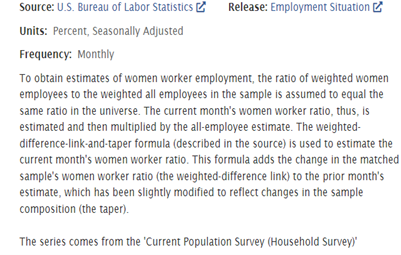Shattering the Glass Ceiling: Breaking Boundaries, Rising Above
Shattering the Glass Ceiling: Breaking Boundaries, Rising Above
In a world of discrimination, everyone suffers injustice in one way or another. Have you ever encountered a glass ceiling? I am writing this article because I believe that a translator, as a member of the world of communication, must demonstrate their social responsibility.

In our society, women face discrimination and unfairness. Many challenges are waiting for us, but this is just the tip of the iceberg. On the other, invisible side of the coin, there are problems that we also need to overcome. As Hillary Clinton stated, our goal should be to “shatter that highest, hardest glass ceiling.” First, I would like to start this article by wanting you to understand the importance of the term “glass ceiling,” which I will be using throughout.

Her concession speech in 2008, having lost the Democratic nomination for president to then Senator Barack Obama at the National Building Museum
What is the glass ceiling?
The phrase refers to a metaphorical invisible barrier that prevents people from moving up to more senior roles in business. This phrase is frequently used to describe the obstacles that minorities and women have in improving their status inside a male-dominated structure. People often cannot see these barriers and may choose to ignore them. Sadly, it is not as simple as it seems.
When and where did this phrase first appear?
American Marilyn Loden participated in a panel at the 1978 Women’s Exposition in New York. The company she worked for sent her instead of their vice president who was unable to attend. She spoke at a panel about the reasons why women fail to appear in management positions. Loden revealed to us the unseen obstacles at the core of this problem.
She never would have thought that her actions would have a profound effect on millions of others. She then left her mark on the panel and on history with these words:
“It seemed to me there was an invisible barrier to advancement that people didn’t recognize,” Loden said during her speech.

Marilyn at her first book publishing event
When the Wall Street Journal mentioned it later, it quickly gained enormous popularity. However, this phrase was published in the newspaper to include minority groups in addition to women. Famous people also made sure to bring it up. For instance, Hillary Clinton frequently discussed this issue during her presidential campaign. As I mentioned in my first sentences, her goal was to shatter the hardest, highest glass ceiling. Many women, including Yifan Hou, Karen Uhlenbeck, Kamala Harris, and others, also talked about it.
Although the term “glass ceiling” is becoming more popular and well-known every day, nothing has changed. For instance, although women accounted for 56.8% of the workforce in the US in 2021, just 29.1% of them held executive positions. However, we do not only see discrimination against women in this data. I regret to tell you that white individuals make up 85.7% of those in executive positions.


Labor Force Participation Rate – Women
Cultural norms that prohibit women and minority groups from entering the sector may be the cause of the gap in equality between nations. In addition, the more women feel forced to make decisions, the more equality gap is growing.
First, let’s talk about cultural prejudices. People usually prefer those with a more traditional background in this hierarchical system. Additionally, they think that women are incapable of carrying out jobs and housework together. However, this is not the case for the Nordic countries because the Glass Ceiling Index is lowest in the Nordic region. These nations try to equalize the lives of the genders. Are developed nations all the same? Of course, not. Taking South Korea as an example, men make up 98% of the workforce in sector. There is just one female manager out of 109 companies. These statistics are terrifying.

Let’s talk about a few examples of challenging situations that women have faced. Asian women are usually expected to choose between advancing their careers and starting families. Furthermore, there is commonly an unfair division of duties at home.
An American journal article claims that diverse teams boost productivity and profits for businesses. Despite this, prejudice is still common in the business world.
Unfortunately, those who support such a hierarchical system are easily promoted while women and minority groups who want to advance in their careers suffer dramatically. Consequently, we observe the battles fought by women and minority groups against company blind spots.
References:
Visual References:





